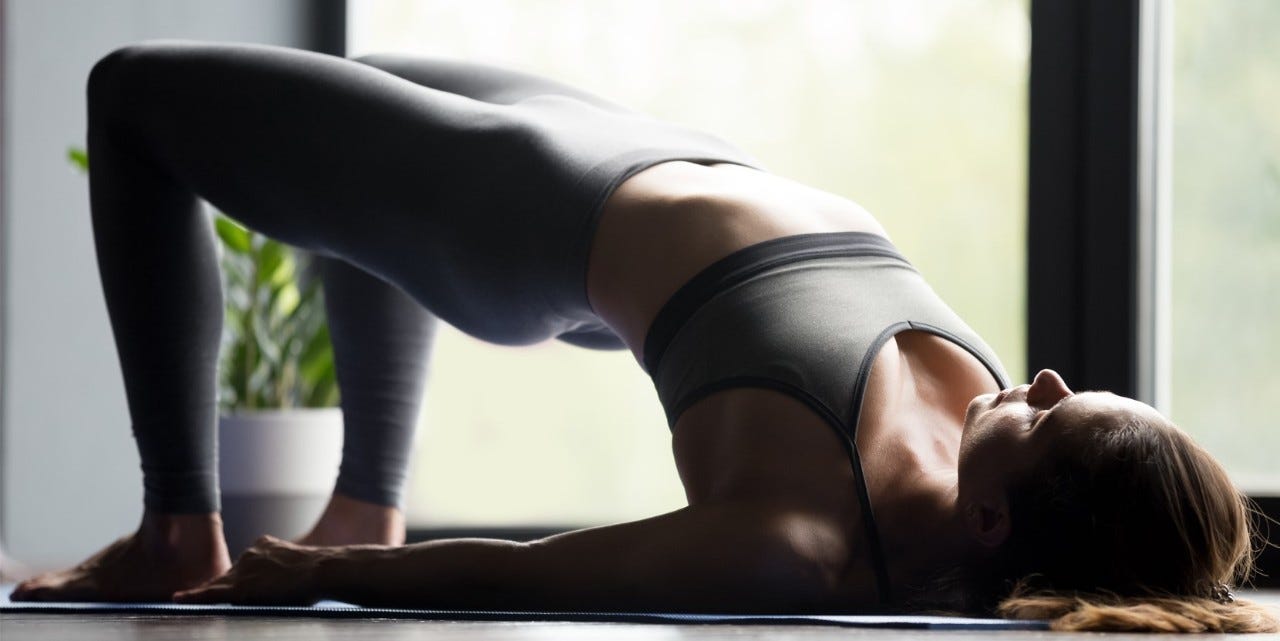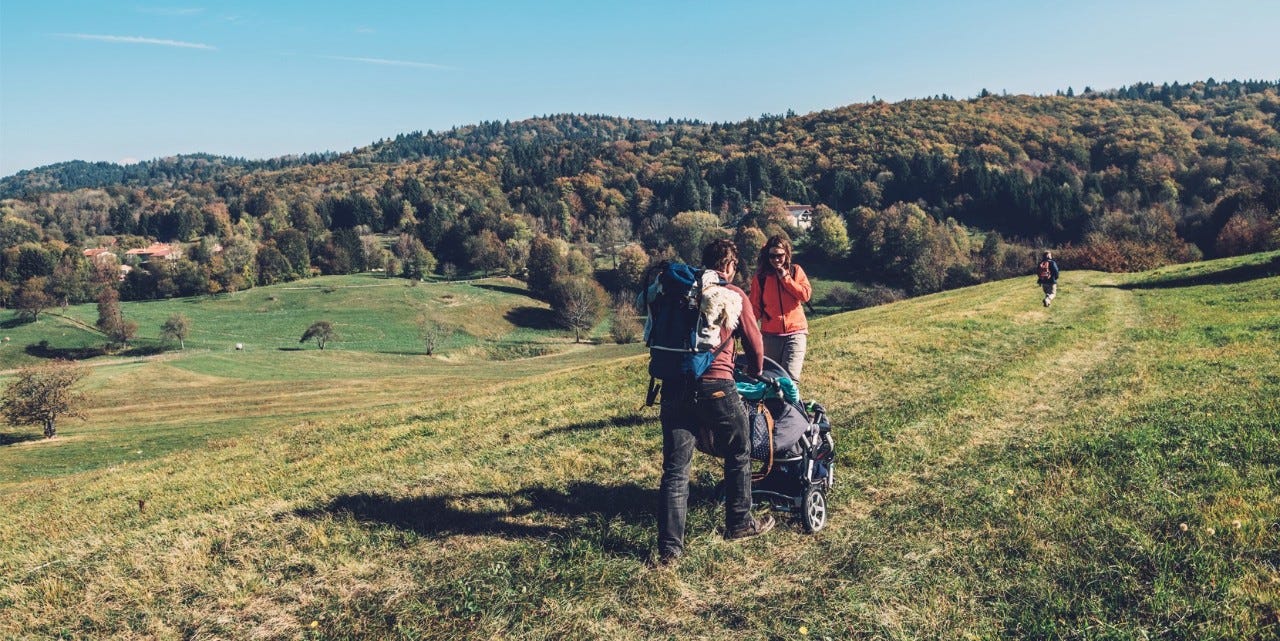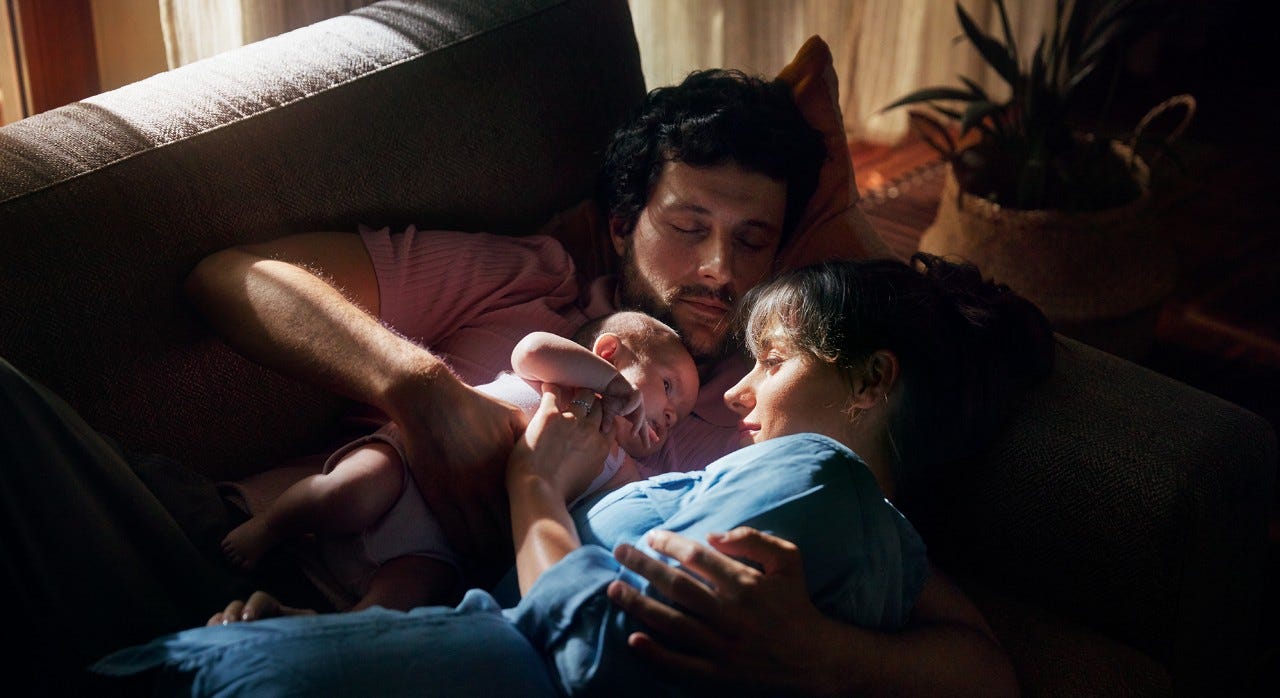Exercise is also good for your back!
Long days at school, lounging on the sofa at home: How children's backs are doing and what is good for them.

In an interview, Dr. med. Susanne Stronski Huwiler, specialist in pediatric and adolescent medicine and head of the school medical service of the city of Zurich, explains how children can strengthen their backs, what teachers and parents can do and why regular exercise is so important.
Dr Stronski Huwiler, how healthy are our children’s backs?
It’s difficult to say, because back pain is very subjective and there’s no clear definition of what constitutes poor posture. There are studies suggesting that 40% of children and young people suffer back pain. But on closer enquiry it often turns out that what they’re describing as back pain is actually aching muscles after exercise or pain after falling off a skateboard. If you leave out these incidents you find that around 17% of children and young people have had back pain.
How important are schoolbags?
I think the importance of the way schoolbags are designed has been exaggerated recently. If the school bag is properly packed and carried correctly (with both straps!) it can even have a training effect on developing muscles and bones. It’s much more important for kids to get enough exercise and have strong back muscles.
We often call for teachers not to make children carry around more books than necessary. And we encourage parents to make sure their kids clear out their bag on a regular basis. It’s amazing how much unnecessary stuff kids carry around, sometimes for weeks. You can also save weight on drinks: Give your children an empty drinks bottle that they can fill with water at school.
“It’s much more important for kids to get enough exercise and have strong back muscles.”
Are children’s and young people’s strength, mobility and coordination generally getting worse?
Yes. The evidence suggests that young people’s physical condition is tending to get worse. This is also the message of statistics gathered on new army recruits. Many kids even have difficulty doing a forward roll. According to research by the ETH, there’s a clear correlation between lack of exercise and socio-demographic status: children from privileged backgrounds are significantly stronger and physically more able than those from weaker social strata.
Are there differences between boys and girls?
Before puberty there’s no significant difference between boys and girls. After puberty there are indications that girls tend to get less exercise.
Can too much exercise also be unhealthy?
Yes. Children from privileged backgrounds often have too much organised in terms of sport and extra activities. This isn’t ideal, and doesn’t necessarily mean kids will develop healthy exercise patterns that last their whole life. In particular, performance-oriented activities that lead to unilateral strain, for example two hours of ballet five times a week, aren’t appropriate for kids, or really healthy for that matter.
Is there a basic lack of exercise options for kids in Switzerland?
Many clubs are increasingly geared to children doing competitive sports. There are fewer and fewer groups that focus on simply exercising for fun. This makes access to exercise and sports harder for the children who would need it most. Fortunately there’s new federal legislation designed to counteract this by promoting attractive exercise options for people of all ages.
Luckily there are many easy-to-access alternatives, since the job of promoting sports and exercise for groups at risk has been made the responsibility of local authorities. In Bern, for example, there are hip hop courses for obese children. Zurich has an exercise programme called Minifit geared to kids who are overweight or have little experience of exercising. These initiatives are designed to enable children to enjoy exercising again.
How important are parents as role models?
Very important, both on the positive and negative side. Children whose parents are always complaining about back pain are more likely to experience the problem themselves. Children whose parents are active, however, are usually active themselves. So the most important thing is to set a good example, and go out and do things with your kids.
What’s your tip for more exercise and a strong, healthy back?
- Make sure your kids spend frequent time doing a variety of exercise in nature, at the playground and with their friends.
- Don’t let them sit in one position for long periods of time.
- Set clear limits on the time they spend watching TV or on the computer, and agree a maximum daily dose.
As a general rule, Remember that basically their natural urge to move around is usually more than sufficient, and all you have to do is let them get on with it, encourage them where possible, and avoid limiting their scope for exercise.


